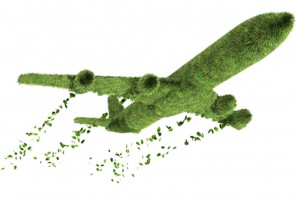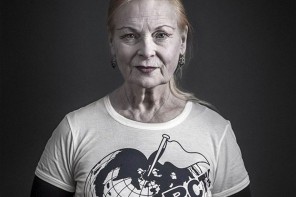SA has the resources to use wind effectively
South Africa has the technology, the manpower and the resources to build its own wind turbines to generate renewable wind energy, and this industry can be a major player in helping reduce poverty in Africa, says a renewable energy entrepreneur, according to a recent article published in the Cape Argus.
Mechanical engineer Hans van Eden, chief executive of a Pretoria company specialising in the production of wind energy turbines, was addressing a seminar, “Wind power for local economic development: South Africa leading the way“, in Midrand recently. The seminar; the second of its kind, was hosted by the Department of Energy in partnership with the Danish Embassy. Denmark, with Spain and Germany, is one of the world´s “big three” users of wind energy, and is also a major exporter of wind energy technology and infrastructure.
Van Eden, whose company has developed a 300 kilowatt wind turbine especially for African conditions – its 33m tower is a lattice construction, as opposed to the usual solid tower which requires a heavy-duty crane to erect – was responding partly to the earlier opening address by Energy Minister Dipuo Peters. Peters told the seminar that access to electricity was crucial if the Millenium Development Goals were to be met, and as a “key catalyst” in breaking poverty.
Noting that the 2003 White Paper on renewable energy had set a target of just 4% of South Africa´s energy mix to be derived from renewable sources, Peters said she believed wind and solar power generation would now push this target higher: “I´m confident there will be more ambitious medium and long-term targets (for renewable energy).“
She warned that there had to be security of supply of electricity: “The one issue people march about in the streets in electricity. People steal electricity because they believe they have a right to it.” And the government could also not be seen to be favouring one energy source over others. She insisted it would work with partners who delivered best into the required energy mix. Peters appealed to local manufacturers to become involved in the renewable energy industry. She had been “very impressed” by the first wind turbine erected at the R1.2 billion Coega wind farm project at the Port of Ngqura outside Port Elizabeth. But she had noted that even the special R70m crane used to erect the turbine, was imported from Denmark, and was not locally manufactured.
“Investment must not only be in power generation, but also in the industries supporting that industry. It´s important that 100% (of technology and equipment) doesn´t come in from the outside. As government , we´re really worried about the future of industrialisation in this country. So many years ago we sold our solar (energy) generation technology – now we have to import it back.“
The move to renewable energy like wind power provided an opportunity for benefication of raw materials, and for the manufacturers of various components of turbines that could then also be exported. Wind generation was one of the key components of the new “green economy” which South Africa was pursuing in the face of climate change, Peters added. “If anything, climate change is an opportunity for us to go back to the drawing board and to start again, building new cities and the county, and competing with the best in the world… This is Africa´s time, we can´t be forever recipients.”
Source: Cape Argus, 30 September 2010.
The liveeco team






